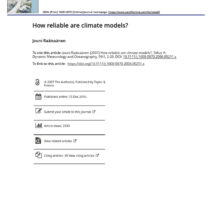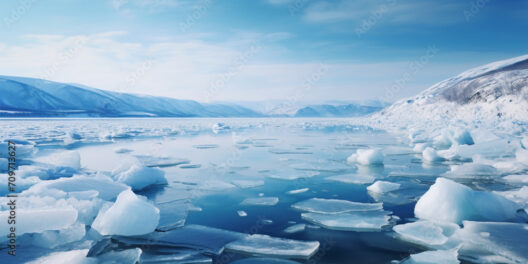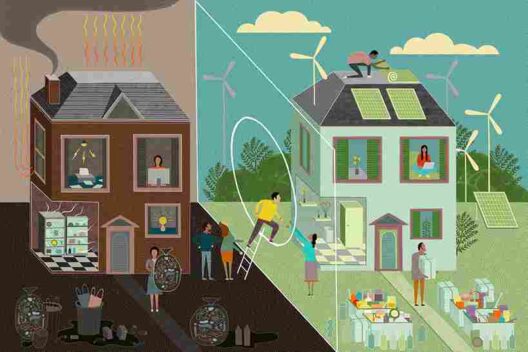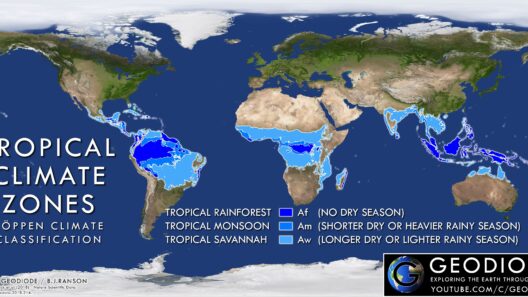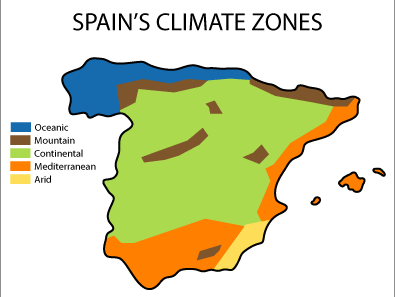Climate change, often viewed through the lens of heatwaves, rising seas, and withering ice caps, holds a more complex narrative—one knitted into the very fabric of the Earth’s geological processes. At first glance, the connection between our rapidly changing climate and the seismic rumblings of earthquakes may seem tenuous, akin to trying to link the melting of icebergs to the flutter of a butterfly’s wings. Yet, as we delve deeper into this conundrum, a startling interrelationship emerges, revealing that climate change may indeed contribute to the seismic events that shake our planet.
To comprehend how climate change could potentially lead to earthquakes, we must first appreciate the geological concept of stress accumulation and release. The Earth’s crust is composed of tectonic plates that float atop a viscous mantle. These plates are in constant motion, albeit subtly, driven by forces deep within the Earth. When stress builds up along geological faults—a flaw in the Earth’s surface—the energy can be released suddenly, resulting in an earthquake. But what does climate change have to do with this intricate dance of plates?
Consider a sponge saturated with water. As it absorbs more liquid, it expands, bringing a noticeable tension. When that sponge is squeezed, it releases the stored water explosively, thereby demonstrating how accumulated stress can lead to a rapid release. Similarly, the Earth’s crust can become stressed through several mechanisms influenced by climate change. The most prominent of these mechanisms relates to the heavy burden of meltwater and fluctuating water levels.
As glaciers and polar ice caps melt in response to rising global temperatures, vast quantities of water flood into the oceans and redistribute weight across the Earth’s crust. This phenomenon leads to a reduction in stress for regions directly below those ice masses, which suggest a release of pent-up tension; however, it can simultaneously increase stress in other areas. The relocation of water can exacerbate fault lines in different regions, like a pendulum shifting its weight, rendering them more susceptible to seismic activity.
Moreover, the excessive pumping of groundwater, a consequence of changes in precipitation patterns and increased agricultural demands, further stresses the crust. Aquifers, once brimming with water and supporting the land above, are being depleted at an alarming rate. The resultant voids left beneath the surface can provoke land subsidence and additional tectonic stress, acting as an unseen catalyst for earthquakes. The phrase “what goes up must come down” is inverted here—what is pulled from the ground leads to considerable geological instability.
In 2018, a landmark study illuminated certain earthquake patterns in the Western United States relating to groundwater depletion. Changes in water levels were shown to influence seismic events, reinforcing the notion that climate-related human activities harness an unconventional power that can shake the Earth. Such discoveries evoke the metaphor of a juggler, where each decision to remove or add weight to their juggling apparatus can change their equilibrium and ultimately their ability to maintain harmony.
Furthermore, the connection between climate change and seismic activity goes beyond merely geological stress; it intertwines with eco-tectonics—the study of how ecosystems and geological processes interact. The degradation of vital ecosystems, such as forests and wetlands, can exacerbate erosional processes. The landslide potential is increased, and with landslides comes the possibility of earthquakes, forming a nefarious loop where climate change exacerbates geological instability and expresses itself through tremors.
A striking case occurred in 2008 when a major earthquake struck the Sichuan region of China, an area heavily impacted by deforestation. As trees were removed, the stability of the soil diminished, contributing to an increased frequency of both landslides and seismic activities. Thus, the fragile embrace between the natural world and geological phenomena appears ever more intricate as climate change integrates deeper into this narrative.
If one seeks to further comprehend these connections, it is paramount to consider the role of carbon dioxide and other greenhouse gases in promoting climate variability that indirectly impacts tectonic activities. The warming trend, while primarily attributed to atmospheric changes, initiates a ripple effect, influencing glacial melting, groundwater depletion, and ecological degradation—all contributors to earthquakes. It’s akin to the ripple effect created when a stone is thrown into tranquil water, with each concentric circle representing a facet of climate change leading to geological repercussions.
When assessing the gravity of this relationship, it becomes critical to ponder the implications of our climate choices. The urgency for climate action gains momentum when we acknowledge that our footprints may reverberate through both natural and man-made systems. Adverse climate conditions may empower natural disasters that, dynamically interwoven with our actions, create consequences far beyond what we might anticipate.
In summary, while the relationship between climate change and earthquakes is nuanced and complex, it reveals the intrinsic links between our environment and geological phenomena. Our actions, and inactions, have far-reaching implications capable of triggering shocks far beneath the surface. Understanding this connection is paramount as we grapple with the consequences of climate change. As stewards of this planet, it is our responsibility to address these challenges earnestly. The seismic echoes of climate change remind us that the Earth’s stability is not merely a backdrop; it is an active participant in our narrative. Our future hinges on recognizing and addressing the tightly woven threads of interaction between climate and geology that shape our world.

